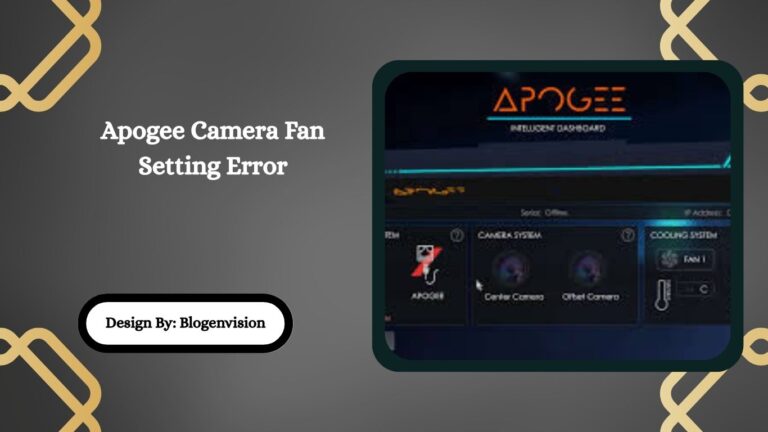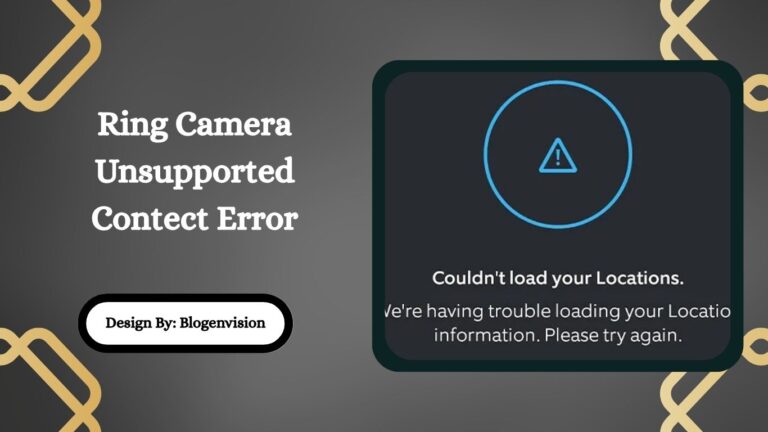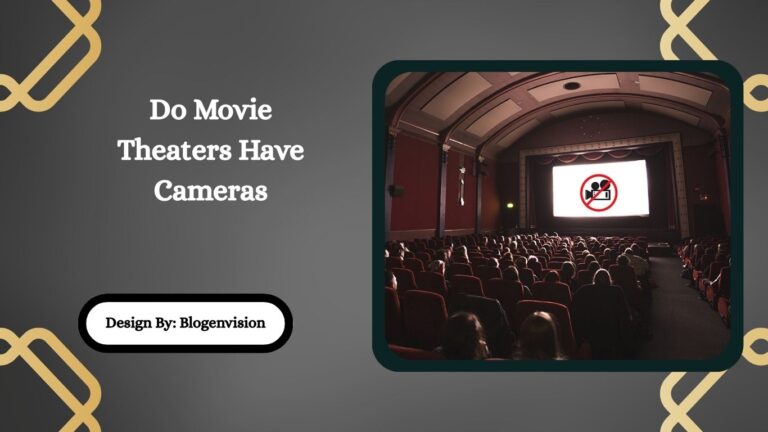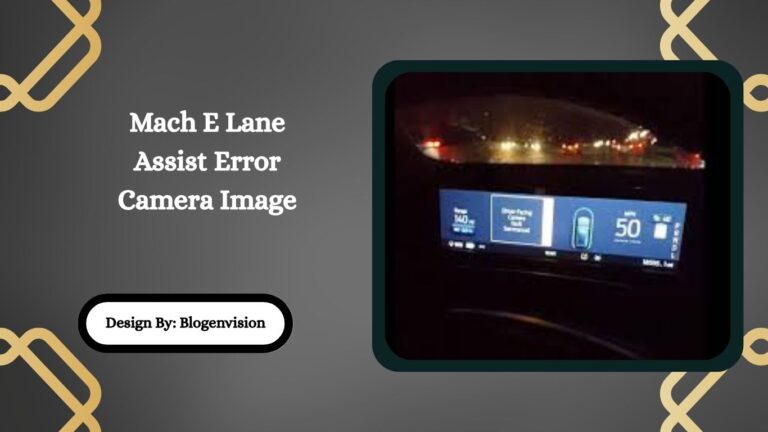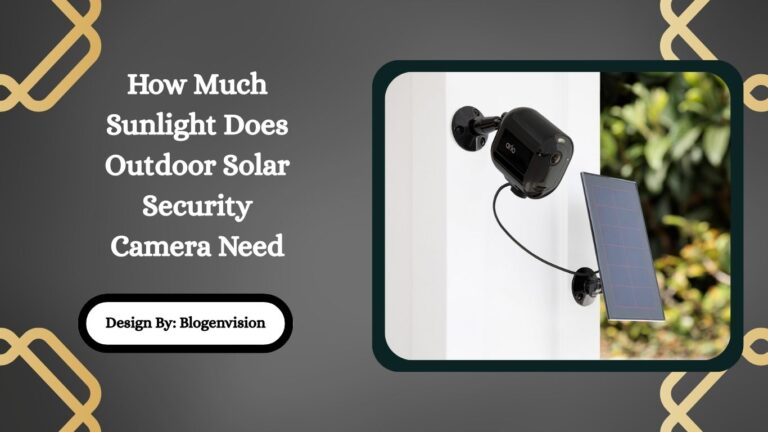Can I Multiply The Effect Of A Camera Telephoto Lens – Full Guide!
Yes, you can multiply the effect of a telephoto lens using teleconverters, crop sensors, digital cropping, or high-resolution sensors. Each method has trade-offs between image quality, cost, and practicality.
A telephoto lens allows photographers to bring far-away subjects closer, whether you’re shooting wildlife, sports, or astrophotography. But what if you want even more reach without buying a bigger or more expensive lens?
This raises the question: Can I multiply the effect of a camera telephoto lens? The answer is yes and this article will explain exactly how you can do it, the tools involved, and the pros and cons of each method.
What Is a Telephoto Lens?
A telephoto lens is a camera lens with a long focal length, typically over 70mm, that magnifies distant subjects and compresses perspective. Common telephoto ranges include:
- 70–200mm (mid-range)
- 300mm–600mm (super-telephoto)
- 800mm and up (specialty lenses)
Telephoto lenses are great for:
- Wildlife and bird photography
- Sports and action events
- Moon and space shots
- Portraits with beautiful background blur (bokeh)
Can You Multiply the Effect of a Telephoto Lens?

Yes, you can increase or “multiply” the effective focal length of your telephoto lens using several tools or techniques. These include:
- Teleconverters (extenders)
- Crop sensors
- Digital cropping
- Lens stacking or adapters
- Using high-resolution sensors
Let’s explore each in detail.
1. Use a Teleconverter (Lens Extender)
A teleconverter is an optical accessory mounted between your camera and lens. It increases the focal length by a set factor, usually:
- 1.4x (adds 40% more zoom)
- 2x (doubles the focal length)
For example:
- A 300mm lens + 2x teleconverter = 600mm equivalent
✔️ Advantages:
- Cost-effective way to extend zoom
- Keeps original lens and camera setup
❌ Disadvantages:
- May reduce sharpness slightly
- Aperture is affected (e.g., f/2.8 becomes f/5.6 with 2x converter)
- Autofocus may slow down or not work in low light
🛠 Compatibility Tip:
Teleconverters only work with compatible lenses and camera bodies (usually high-end DSLR or mirrorless systems).
2. Use a Crop Sensor Camera (APS-C or Micro Four Thirds)
If you pair your telephoto lens with a crop sensor camera, the image appears more zoomed in. That’s because the smaller sensor “crops” the image compared to full-frame.
- APS-C cameras have a 1.5x or 1.6x crop factor
- Micro Four Thirds have a 2x crop factor
Example:
- A 200mm lens on an APS-C body = 300mm equivalent
- On a Micro Four Thirds body = 400mm equivalent
✔️ Advantages:
- Multiplies zoom without optical add-ons
- Lighter and often cheaper than full-frame setups
❌ Disadvantages:
- Not actual magnification just a tighter field of view
- May have lower image quality in low light
3. Use Digital Cropping or In-Camera Zoom
Some mirrorless cameras and smartphones allow in-camera digital zooming or cropping. Alternatively, you can crop the image manually in post-processing using Lightroom, Photoshop, or another editor.
✔️ Advantages:
- No extra gear needed
- Easy and flexible
❌ Disadvantages:
- Reduces resolution and image quality
- Not ideal for large prints
When It Works Best:
- High-megapixel cameras (e.g., 40MP+) can afford to crop significantly and still keep details
4. Lens Stacking or Extension Tubes (Rare Method)
While more common in macro photography, extension tubes or lens stacking can technically modify magnification. However, these methods aren’t ideal for long-distance telephoto use because they reduce focus distance.
✔️ Use Case:
- Macro telephoto work (e.g., insects, textures at a distance)
❌ Not Effective For:
- Distant subjects like birds or sports
5. Use High-Resolution Sensors to “Crop Without Loss”
Newer mirrorless and DSLR cameras now feature ultra-high resolution sensors (40MP–60MP+). This allows you to:
- Capture large images
- Crop in post while still retaining fine detail
For example:
- A 45MP image cropped 50% still yields over 20MP plenty for web or print
Creative Alternatives to Multiply Telephoto Effect

A. AI Upscaling
Tools like Adobe’s Super Resolution, Topaz Labs, or built-in smartphone AI processing can upscale images after cropping.
B. Smartphone Telephoto Modes
Modern smartphones (like iPhones and Galaxy devices) simulate telephoto zoom using AI and periscope lenses useful for casual use, though not as sharp as true optics.
Expert Tips for Maximizing Telephoto Reach
| Tip | Why It Helps |
| Use a sturdy tripod | Stabilizes long focal lengths and prevents motion blur |
| Shoot at faster shutter speeds | Helps freeze movement and reduces shake |
| Use burst mode | Increases chances of getting sharp shots |
| Focus manually if AF struggles | Especially in low light or with teleconverters |
| Shoot in RAW | Offers better control when cropping or enhancing details |
Best Use Cases for Extended Telephoto Reach
- Bird Photography: Tiny subjects at long distances benefit greatly from 600mm+ reach.
- Moon/Astrophotography: Use 2x converters and crop sensor combos to fill the frame with celestial objects.
- Surveillance/Spy Shots: For technical or legal applications, longer reach can be critical.
- Sports/Action: Close-up action from the sidelines.
Pros and Cons Summary
| Method | Pros | Cons |
| Teleconverter | Increases focal length affordably | May reduce image quality and autofocus |
| Crop Sensor | Multiplies effective zoom natively | No actual optical zoom, possible low-light loss |
| Digital Cropping | Convenient, flexible | Loss of detail if overdone |
| High-Res Sensor Crop | Great quality even after cropping | Requires expensive cameras |
| AI Upscaling | Enhances cropped images | Not as sharp as native optical reach |
FAQs:
1. Can I use a teleconverter on any lens?
No, teleconverters only work with specific telephoto lenses that support them. Check compatibility with your camera and lens model to avoid autofocus issues or loss of image quality.
2. Does using a crop sensor multiply my lens zoom?
Yes, a crop sensor gives the effect of more zoom by narrowing the field of view, making the subject appear closer. The lens itself doesn’t change it’s a framing difference.
3. Is image quality worse with a 2x teleconverter?
Yes, a 2x teleconverter can reduce sharpness and lower light performance. It’s best used on high-quality prime telephoto lenses where image loss is minimal and acceptable.
4. Can digital zoom replace optical zoom in cameras?
No, digital zoom crops the image and can degrade quality. Optical zoom (via lens optics or converters) always delivers sharper and more detailed results for photography.
5. What’s the best affordable way to multiply lens zoom?
Using a crop sensor camera or a 1.4x teleconverter offers affordable and effective ways to extend focal length without drastically sacrificing image quality.
Conclusion:
Multiplying the effect of a telephoto lens is both possible and practical through several methods. Whether you use a teleconverter, crop sensor, or digital cropping, each technique offers advantages depending on your needs, gear, and budget. While teleconverters give you true optical reach, crop sensors and high-res cropping offer excellent alternatives. Choosing the right approach helps you get closer to your subject whether it’s a soaring eagle, a race car, or the moon without compromising too much on image quality or performance.
Related Post:
- Which Is More Accurate Mirror Or Camera – Reflection vs. Realism!
- Mach E Lane Assist Error Camera Image – Causes, Fixes, and Prevention!
- What Percentage Of Camera Lenses Are Decentered – Closer Look at Lens!
- Juvgwg – Meaning, Architecture, Use Cases & Future Trends!
- Judith Giuliani Net Worth – Updated Breakdown of Her Finances!


